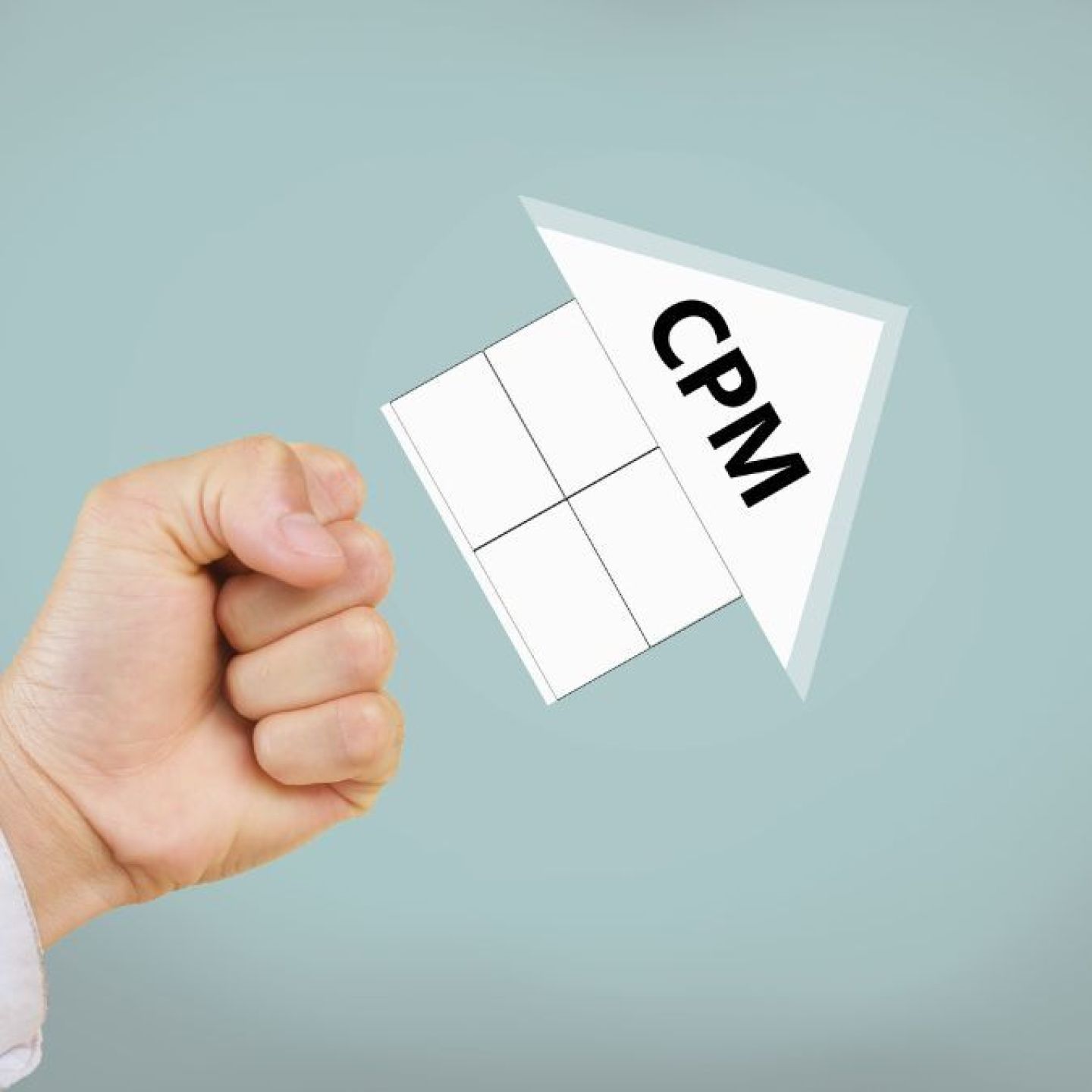
Our spy tools monitor millions of native ads from over 60+ countries and thousands of publishers.
Get StartedUnderstanding CPM (Cost Per Mille) is crucial in the world of digital marketing. CPM refers to the cost an advertiser pays for every 1,000 impressions of their advertisement. The term "mille" comes from Latin and French, meaning "thousand."
Learning about CPM in advertising is essential because it helps you understand how campaigns are priced based on visibility rather than clicks or conversions. This model is particularly effective for brand awareness initiatives, allowing advertisers to reach large audiences cost-effectively.
In this article, you'll explore:
By the end, you will have a comprehensive understanding of how CPM works and why it matters in creating successful ad campaigns.
Cost Per Mille (CPM), also known as Cost Per Thousand Impressions, is crucial in digital advertising. This model plays a significant role in how advertisers allocate their budgets and measure the success of their campaigns. By focusing on the number of times an advertisement is displayed (impressions), the CPM model offers various benefits but also comes with some limitations.
While the CPM model offers various advantages, it's essential to consider its limitations:
Understanding these benefits and limitations helps you make informed decisions when planning your advertising strategy. The key lies in aligning your campaign goals with the appropriate pricing model. For brand awareness and visibility, CPM proves advantageous; however, if driving direct interactions or sales is your objective, other models like CPC or CPA might be more suitable.
Incorporate performance tracking tools to mitigate some challenges associated with CPM campaigns. Monitoring metrics such as viewable impressions versus total impressions can help identify any discrepancies due to fraud or low-quality traffic. This ensures that you're getting genuine visibility for your ads.
Cost per mille (CPM) is a fundamental metric in digital advertising, representing the cost an advertiser pays for every 1,000 impressions of their advertisement. To calculate CPM effectively, follow these steps:
This means you are paying $5 for every 1,000 impressions.
CPM vs CPC (Cost Per Click):
Example Scenario:
CPM vs CPA (Cost Per Action):
Example Scenario:
Understanding these models helps you choose the most effective strategy based on your campaign goals. Each pricing model has unique benefits and applications tailored to different marketing objectives.
By mastering the calculation of CPM and understanding its comparison with CPC and CPA models, you maximize return on investment for CPM campaigns and select the right approach for your advertising needs.
Google Display Network and Facebook advertising are two prominent platforms that extensively utilize the CPM model for ad placements.
The Google Display Network (GDN) allows advertisers to reach a massive audience across millions of websites, videos, and apps. Using the CPM model on GDN, you can target specific demographics, interests, and behaviors. This makes it an ideal platform for brand awareness campaigns.
A well-known example is Coca-Cola’s campaign using GDN. By targeting young adults interested in music and sports, Coca-Cola effectively increased brand visibility during major events like the FIFA World Cup.
Facebook advertising leverages its vast user base to offer highly targeted ad placements. The CPM model on Facebook enables advertisers to display ads on users' news feeds, stories, and sidebars based on detailed targeting criteria such as age, location, interests, and online behavior.
The clothing brand Zara used Facebook's CPM model to launch a global campaign aimed at increasing brand awareness among fashion enthusiasts. Through carefully curated visuals and strategic audience targeting, Zara achieved high visibility and engagement rates.
By utilizing these platforms effectively, advertisers can maximize their reach and enhance brand recognition through well-executed CPM campaigns.
Planning a successful CPM campaign requires a strategic approach to audience targeting and budget allocation. These marketing strategies optimize ad placement costs and ensure your ads reach the right audience effectively.
Key Steps:
Effective Budget Management Tips:
Performance tracking is crucial in optimizing results over time. Regular analysis helps identify what's working and what needs adjustment.
Tracking Components:
Viewable CPM (vCPM) measures the cost per 1,000 viewable impressions rather than just served impressions. An impression is considered viewable when at least 50% of the ad's area is visible on screen for one second or longer for display ads (two seconds for video ads).
Key Points:
Advantages Include:
In addition to traditional CPM strategies, incorporating native advertising into your campaign can yield significant benefits. Native ads blend seamlessly with the content of the platform they're on, resulting in higher engagement rates. By analyzing profitable native ads through tools like Anstrex, you can gain valuable insights into successful strategies used by competitors. This intelligence can help you build winning native advertising campaigns today while maximizing your advertising spend.
Understanding these aspects can significantly enhance the effectiveness of your CPM campaigns.
Understanding CPM in advertising is essential for marketers looking to improve their digital marketing strategy. It's important to know the strengths and weaknesses of this model in order to make smart choices.
By understanding CPM in advertising, you can better navigate various pricing models and choose the one that aligns with your campaign goals. An in-depth knowledge of What is CPM in advertising? sets the foundation for effective planning and execution.
However, it's worth noting that the world of digital marketing is changing. New technologies like AI-powered marketing are making a big impact. AI in advertising has transformed the world of digital marketing, providing businesses with unmatched abilities to connect with their audiences.
Receive top converting landing pages in your inbox every week from us.
How-To
Native ads can do more than drive clicks—they can build long-term brand loyalty. Learn how to use authentic storytelling, strategic placement, and audience targeting to strengthen trust during year-end campaigns. Discover how subtle, value-driven messaging keeps customers engaged beyond the holidays. Ideal for marketers aiming to turn seasonal buyers into loyal brand advocates.
Marcus Chen
7 minDec 15, 2025
Must Read
As third-party cookies fade away, contextual targeting is making a powerful comeback. Learn how to leverage native ads that align with user intent and content relevance to maintain high engagement and conversions. Discover modern tools and tactics that make cookie-free targeting both precise and scalable. Ideal for advertisers seeking privacy-friendly ways to drive performance in 2025 and beyond.
Liam O’Connor
7 minDec 9, 2025
Recently Updated
Native ads can make or break your holiday marketing success. Explore how to evaluate your recent campaigns and identify what worked—or what fell short—with native advertising. Learn key optimization tactics to boost engagement, strengthen audience trust, and increase conversions in future promotions. Ideal for marketers aiming to refine their ad strategies after the holiday rush.
Elena Morales
7 minDec 1, 2025




